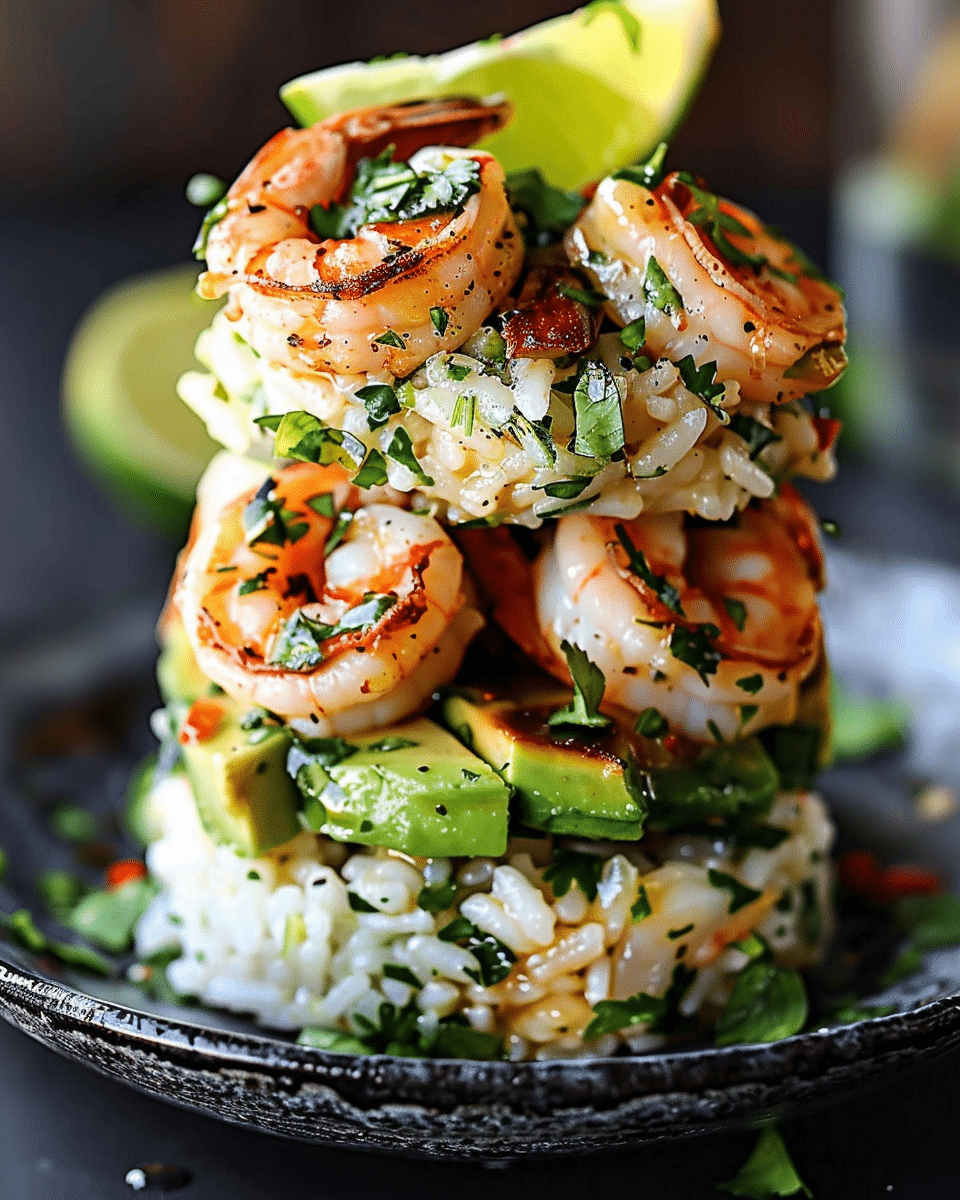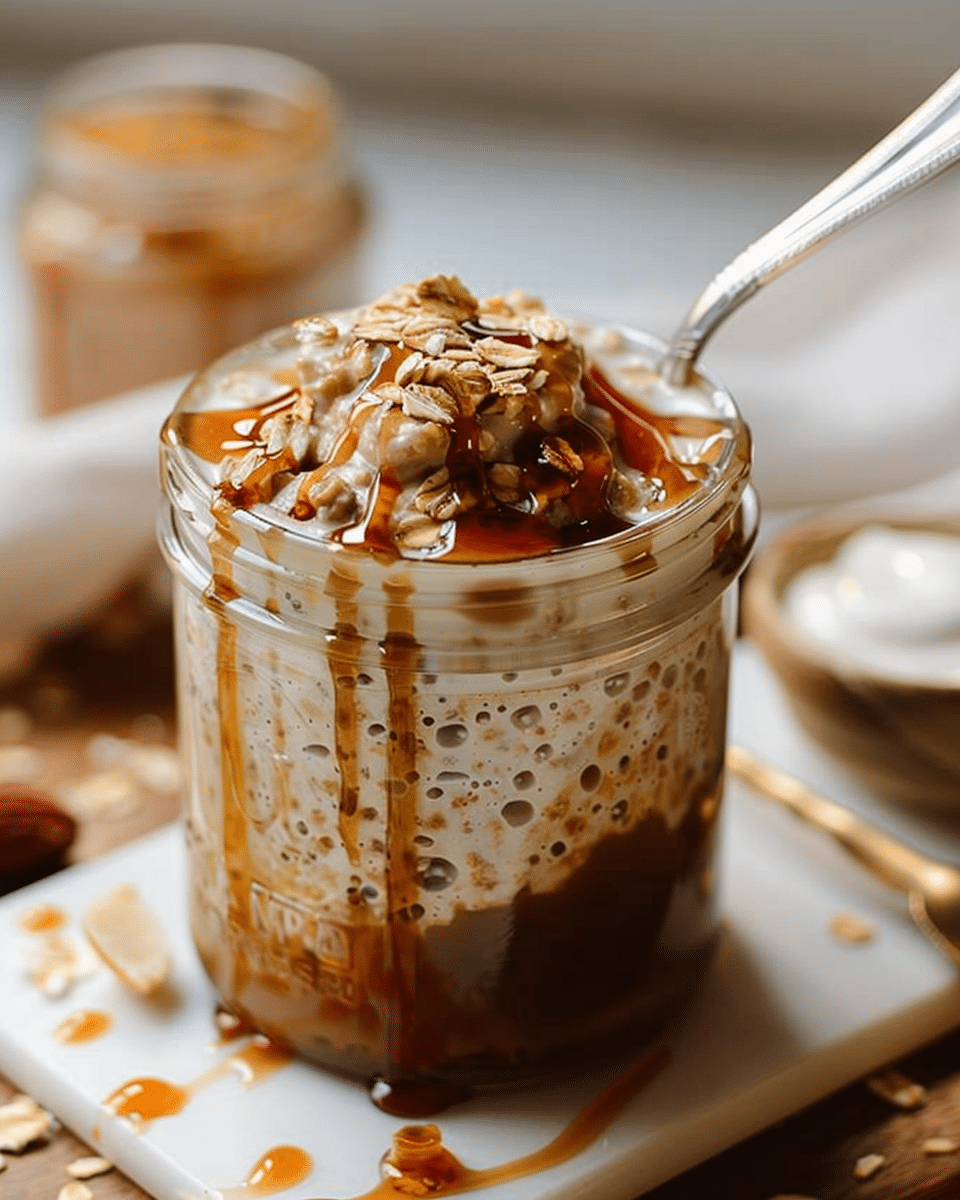Meatballs, those delightful spheres of seasoned meat, have danced their way into the hearts of gourmets worldwide. Let’s explore their rise in popularity and their historical roots.
– The Rise of Meatball Popularity
From grandma’s classic recipes to contemporary fusion cuisines, meatballs have undergone a gastronomic evolution. Their versatility has made them a staple in many households, bridging the gap between traditional and modern culinary delights.
– Historical Background of Meatballs
Believe it or not, meatballs aren’t just an Italian marvel. They’ve been around for centuries, with ancient civilizations from China to the Middle East incorporating them into their cuisines. This global influence offers a plethora of pairing options.
What To Eat With Meatballs For Dinner?
Classic Carbohydrate Companions
When you think of meatballs, Spaghetti or Pasta often comes to mind first. This classic pairing of spaghetti drenched in marinara or another favorite sauce, topped with meatballs, never goes out of style. On the other hand, for Asian-inspired meatball dishes, Rice serves as an ideal base. Whether it’s white, brown, jasmine, or basmati, rice can absorb flavors wonderfully.
Comforting Pairings
Nothing says comfort quite like Mashed Potatoes. When paired with meatballs and a flavorful gravy, it’s a match made in heaven. Similarly, a hearty Meatball Sub loaded with cheese, lettuce, tomatoes, and a zesty sauce can satiate the hungriest of appetites.
Fresh and Healthy Sides
Vegetable Sides can balance out your meal perfectly. Options like roasted broccoli, steamed asparagus, or fresh carrots can complement meatballs beautifully. Additionally, for a refreshing touch, a crisp salad with a tangy dressing is always a winner.
Unique Bases and Accompaniments
For those looking to try something different, Polenta can be a delightful choice. Whether creamy or grilled, it pairs well with meatballs, especially when doused in a rich sauce. In the realm of grains, Couscous and Quinoa stand out. They offer a light and fluffy accompaniment, especially delectable with herb-infused meatballs.
Diverse Flavors and Contrasts
Venturing beyond the traditional tomato-based marinara, meatballs can be paired with a range of Sauces and Gravies. Think creamy white sauces, tangy barbeque, or even spicy curries. Lastly, for a surprising yet delightful contrast, consider Fruity Companions. Cranberry sauce or grilled pineapples, for instance, can provide a sweet counterpoint to savory meatballs.
With these options, you’re sure to find a combination that suits your taste buds. Remember, the beauty of meatballs lies in their versatility. So, don’t hesitate to mix and match until you find your perfect plate!
Cooking Techniques
There’s more than one way to cook a meatball, and each method brings its unique flavor profile.
Searing
Searing involves cooking the surface of meat or other foods at high heat until a caramelized crust forms. This technique locks in the juices of the meat, making it tender on the inside with a flavorful crust on the outside.
Braising
Braising is a combination cooking method. First, the food, typically meat, is seared at a high temperature. Then, it’s covered and slow-cooked in a liquid, such as broth or wine, until tender. It’s perfect for tougher cuts of meat, as the slow cooking breaks down fibers.
Roasting
Roasting involves cooking food in an oven at a consistent temperature. It’s commonly used for meats and vegetables. The dry heat of the oven caramelizes the sugars in food, enhancing its flavor.
Boiling and Simmering
Boiling is cooking food in water or another liquid at its highest possible temperature. In contrast, simmering cooks food in liquid just below the boiling point. These techniques are essential for making soups, stews, and sauces.
Steaming
Steaming cooks food by surrounding it with steam in a closed environment. It’s a gentle cooking method that preserves the nutrients, making it ideal for delicate foods like fish and vegetables.
Grilling
Grilling exposes food to direct heat on an open flame or electric grill. It imparts a smoky flavor, especially when using charcoal or wood chips.
Frying
There are two primary methods of frying: shallow (or pan-frying) and deep frying. Shallow frying cooks food in a small amount of oil on both sides, while deep frying submerges the food in hot oil.
Baking
Baking uses the oven’s dry heat to cook foods like bread, pastries, and casseroles. This method allows for even cooking and browning.
Poaching
Poaching gently cooks food by submerging it in a liquid, like water, milk, or broth, kept just below boiling point. It’s commonly used for eggs, fish, and fruits.
Sautéing
Sautéing involves quickly cooking food in a pan over high heat with a small amount of fat. It’s a method that keeps ingredients crisp and flavorful.
Blanching
Blanching briefly exposes food, often vegetables or fruits, to boiling water and then immediately immerses it in cold water. This technique helps retain color, reduces bitterness, and makes peeling easier.
All these techniques have their unique purposes and effects on food. Understanding when and how to apply them can elevate your cooking and allow you to create a wide array of delicious dishes. Whether you’re a seasoned chef or just starting out, mastering these methods is key to culinary success.
Worldwide Variations
The beauty of cuisine is how it evolves and adapts across different cultures, resulting in a rich tapestry of flavors, ingredients, and techniques. Let’s explore some worldwide variations on common dishes and ingredients:
Pizza
- Italy: Traditional thin crust with toppings like tomatoes, mozzarella, and basil.
- USA (New York): Known for its thin, foldable crust and simple toppings.
- USA (Chicago): Deep-dish pizza with a thick crust and a rich filling.
- Brazil: Often topped with green peas, carrots, and potato sticks.
Dumplings
- China: Dim sum, a wide variety of bite-sized dishes served with tea.
- Poland: Pierogi, stuffed with potato, cheese, or meat.
- India: Samosa, a fried or baked pastry filled with spiced potatoes, peas, and sometimes meat.
- Italy: Ravioli, pasta filled with cheese or meat.
Pancakes
- USA: Fluffy, thick pancakes often served with maple syrup and butter.
- France: Crêpes, thin pancakes often filled with sweet or savory fillings.
- Russia: Blini, thin pancakes typically served with sour cream or caviar.
- Ethiopia: Injera, a sour flatbread used as a base for various toppings.
Rice Dishes
- Spain: Paella, a saffron rice dish with a variety of proteins like chicken, rabbit, and seafood.
- Japan: Sushi, vinegared rice paired with fish, vegetables, and nori.
- India: Biryani, a flavorful rice dish made with spices, meat or vegetables.
- Italy: Risotto, creamy rice cooked with broth and often mixed with vegetables or seafood.
Sandwiches
- USA: Sub or hoagie, a long roll filled with meats, cheeses, and vegetables.
- Vietnam: Bánh mì, a baguette filled with a variety of ingredients, including meats, pickled vegetables, and cilantro.
- Turkey: Döner kebab, thinly sliced meat served in bread with vegetables and sauce.
- Argentina: Choripán, a grilled chorizo sausage served in a split roll.
Stews
- Hungary: Goulash, a stew made with meat, peppers, and paprika.
- Nigeria: Egusi soup, made with melon seeds, vegetables, meat or fish.
- Chile: Cazuela, a hearty stew with meat, pumpkin, corn, and potatoes.
- Ireland: Irish stew, a lamb and potato stew with onions and parsley.
These are just a few examples of how dishes, even with similar basic components, can vary so much around the world. Each region adds its unique twist, influenced by local ingredients, historical events, and cultural nuances.
Nutritional Insights
Nutrition plays a critical role in our overall health and well-being. With the diverse array of foods and cuisines available worldwide, it’s essential to understand the nutritional implications of our dietary choices. Let’s explore some insights into the nutrition of common foods and their impact on our health:
Carbohydrates
- Whole Grains (e.g., brown rice, quinoa, oats): Rich in fiber, vitamins, and minerals. They release energy slowly, helping to maintain stable blood sugar levels.
- Refined Carbs (e.g., white bread, sugary cereals): Stripped of their nutritional content, they can lead to rapid spikes in blood sugar.
Proteins
- Lean Meats (e.g., chicken, turkey): High in protein, essential for muscle repair and growth, with minimal saturated fats.
- Plant-based Proteins (e.g., lentils, chickpeas, tofu): Not only are they protein-rich, but they also provide dietary fiber and other essential nutrients.
Fats
- Healthy Fats (e.g., avocados, nuts, olive oil): Essential for brain health and hormonal balance. They can also help with the absorption of certain vitamins.
- Trans Fats (e.g., in many processed foods): Can raise harmful LDL cholesterol and lower beneficial HDL cholesterol, increasing the risk of heart diseases.
Vitamins & Minerals
- Leafy Greens (e.g., spinach, kale): Loaded with vitamins like A, C, K, and essential minerals like iron and calcium.
- Citrus Fruits (e.g., oranges, lemons): High in vitamin C, vital for immune function and skin health.
Hydration
- Water: Essential for almost every function in the body, from digestion to temperature regulation.
- Sugary Drinks (e.g., sodas, some fruit juices): Can contribute to weight gain and other health issues due to their high sugar content.
Functional Foods
- Fermented Foods (e.g., yogurt, kimchi, sauerkraut): Contain probiotics, which can aid in digestion and support a healthy gut microbiome.
- Antioxidant-rich Foods (e.g., berries, dark chocolate): Help combat oxidative stress in the body, which can lead to chronic diseases.
Dietary Fiber
- Whole Foods (e.g., whole grains, fruits, vegetables): Rich in fiber, which aids in digestion, helps maintain healthy cholesterol levels, and supports overall gut health.
Remember: Balance is the key. A well-balanced diet, incorporating a variety of food groups, ensures that the body gets all the essential nutrients. It’s also crucial to consider portion sizes and listen to the body’s hunger and fullness cues. Moreover, while the nutritional content of foods is crucial, it’s essential to enjoy the flavors, textures, and overall experience of eating. Food is not just fuel but also a source of joy, culture, and community.
DIY Meatball Recipe
Here’s a straightforward and delicious DIY meatball recipe that you can easily whip up at home:
Ingredients:
- Ground Meat: 500 grams (You can use beef, chicken, turkey, or a mix depending on your preference.)
- Breadcrumbs: 1 cup (Alternatively, you can use crushed crackers or oats for a different texture.)
- Eggs: 2 (They act as a binder for the meatballs.)
- Parmesan Cheese: 1/2 cup, grated
- Garlic: 3 cloves, minced
- Onion: 1 medium, finely chopped
- Fresh Parsley: 1/4 cup, chopped
- Salt: 1 teaspoon (or to taste)
- Black Pepper: 1/2 teaspoon (or to taste)
- Red Pepper Flakes: 1/4 teaspoon (optional, for a bit of heat)
- Milk: 1/2 cup (This helps keep the meatballs tender.)
- Olive Oil: For frying
Instructions:
- Preparation: Start by soaking the breadcrumbs in the milk for about 10 minutes until they absorb most of the milk.
- Mixing: In a large bowl, combine the ground meat, soaked breadcrumbs, eggs, Parmesan cheese, minced garlic, chopped onion, parsley, salt, black pepper, and red pepper flakes (if using). Mix well until all the ingredients are combined, but be careful not to overmix as it can make the meatballs tough.
- Shaping: Using your hands, shape the mixture into meatballs. You can decide the size according to your preference, but typically, they should be about the size of a golf ball.
- Cooking:
- Frying: Heat olive oil in a large skillet over medium heat. Once hot, add the meatballs, ensuring not to overcrowd the pan. Fry them until they are browned on all sides. This usually takes about 4-5 minutes per side.
- Baking: If you prefer baking, preheat your oven to 400°F (200°C). Place the shaped meatballs on a baking sheet lined with parchment paper and bake for about 20 minutes or until fully cooked through.
- Serving: You can serve these meatballs with spaghetti, a side salad, or any of your favorite sauces. They’re versatile and pair well with various dishes.
Pro Tip: If you’d like to add some extra flavor, you can simmer the fried or baked meatballs in a marinara sauce for an additional 10-15 minutes. This not only adds to the taste but also ensures they remain juicy and tender.
Storage: These meatballs can be stored in the refrigerator for up to 3 days or can be frozen for longer storage. Simply thaw and reheat when you’re ready to enjoy them again!
Enjoy your homemade meatballs with your favorite side dish or pasta!
FAQs
Is pizza Italian or American?
Pizza, in its most basic form, originated in Italy. The traditional Neapolitan pizza, which consists of a thin crust topped with tomatoes and mozzarella cheese, hails from Naples, Italy. However, as pizza traveled across the world, especially to the United States, it underwent various transformations. The styles and flavors of pizza we often see in the U.S., like the deep-dish pizza from Chicago or the thick-crusted New York style pizza, are American innovations. So, while the roots of pizza are undeniably Italian, many of the varieties we enjoy today have been influenced by American tastes and culinary creativity.
What do you serve with meatballs?
Meatballs are incredibly versatile, and what you serve with them largely depends on the cuisine or the style of meal you’re aiming for. Some popular options include:
- Pasta: Spaghetti and meatballs is a classic combination.
- Rice: Especially with Asian-inspired meatball flavors.
- Bread: Meatball subs or sandwiches are always a hit.
- Vegetables: Steamed or roasted veggies complement the richness of meatballs.
- Salads: A light salad can balance out the heartiness of meatballs.
- Potatoes: Mashed, roasted, or boiled potatoes pair well, especially with gravy-based meatball dishes.
What side dishes go with BBQ meatballs?
BBQ meatballs, with their sweet and smoky flavor, can be paired with a variety of side dishes. Some favorites include:
- Coleslaw: The cool and creamy texture complements the smokiness of BBQ.
- Mac and Cheese: A classic comfort food that pairs wonderfully.
- Cornbread: This sweet and savory bread is a BBQ favorite.
- Grilled Vegetables: Enhances the BBQ theme of the meal.
- Potato Salad: A creamy and tangy side that goes well with BBQ flavors.
- Baked Beans: Another BBQ classic that pairs well with meatballs.
What is the difference between Italian and Swedish meatballs?
The primary differences between Italian and Swedish meatballs (known as “köttbullar” in Sweden) lie in their ingredients, size, and serving style.
- Ingredients: Italian meatballs often use a combination of beef, pork, and sometimes veal, seasoned with garlic, parsley, and Parmesan cheese. Swedish meatballs typically use a mix of beef and pork, flavored with nutmeg and allspice.
- Size: Italian meatballs are generally larger, often the size of a golf ball or bigger. Swedish meatballs are typically smaller.
- Serving Style: Italian meatballs are usually served with tomato-based sauces, especially with pasta dishes. Swedish meatballs are traditionally served with gravy, lingonberry sauce, and potatoes.
Conclusion
Meatballs, a beloved culinary treat, have found their way onto dining tables around the globe. Their versatility is unmatched, as they can be paired with a plethora of dishes, making them a staple in various cuisines. Whether enjoyed with spaghetti in a tangy tomato sauce, nestled in a sub with melted cheese, or as a standalone dish with a side of veggies or rice, meatballs never fail to satisfy our cravings.
Moreover, understanding the nutritional aspects of what we pair with meatballs can significantly influence our health and well-being. Making informed choices can lead to a balanced meal that’s both delicious and nourishing. Additionally, having the skills to whip up your own DIY meatball recipe not only adds a personal touch to your meals but also ensures you’re aware of what goes into your food.
In a world filled with diverse culinary delights, meatballs stand out as a testament to how simple ingredients can be transformed into delectable dishes. So, the next time you ponder over “What to eat with meatballs for dinner?”, let your creativity run wild and enjoy the myriad of possibilities this humble dish offers.









